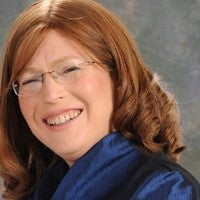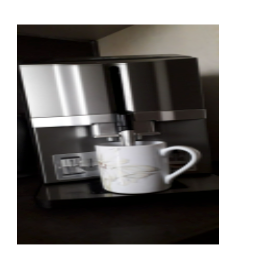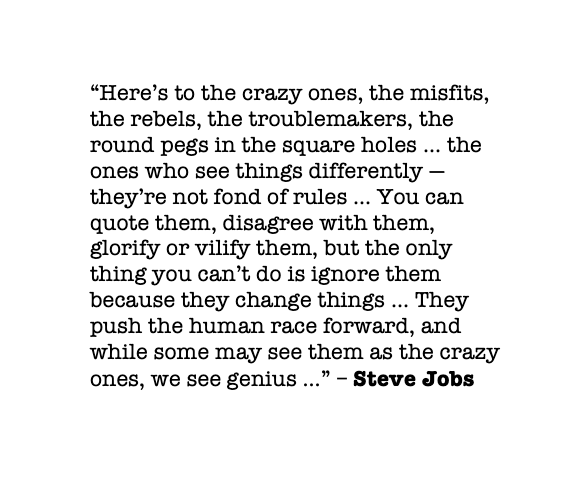ELISA Ambassadors are technical leaders who are passionate about the mission of the ELISA Project, recognized for their expertise in functional safety and linux kernel development, and willing to help others to learn about the community and how to contribute.
Each month, we’ll put a spotlight on an ELISA Ambassador. Today, we’re excited to highlight Elana Copperman, PhD, ELISA ambassador, Chair of the Linux Features for Safety-Critical Systems (LFSCS) Working Group and TSC voting member. Elana works as a System Safety Architect in Mobileye, an Intel company, designing features to support safety as well as security features in Mobileye vision products for the automotive domain.

Background Details:
As a System Safety Architect at Mobileye, Elana provides support for designing critical system features in Mobileye products, including system boot; drivers; and Linux infrastructure. Before working at Mobileye, she worked as a Security Architect for Cisco-Il (formerly NDS) and more recently as a security consultant for major European automotive concerns on behalf of various Israeli startups. Most recently, merging with safety constraints in the automotive domain, to deploy secure as well as safe systems. Her research interests focus on software engineering methodologies and security engineering.
Q&A

How long have you been active in open source?
I have been involved in “open source” before it was formalized as we know it today. During my time as an undergraduate student, online software source code was commonly shared as freeware. In fact, even early Unix versions were provided at no cost to academics, and collaborative efforts were supported to some degree.
My PhD research focused on Object-Oriented Programming, including some investigations on Java source code and features. Open source software development, Linux in particular, has evolved since then, including many new challenges and opportunities. For example, setting up and working with Apache Server over Linux OS in the early 1990’s.
Over the last 15 years, Linux has grown to what we know & love today, with its amazing powers. As a system architect, I have been designing systems that empower Linux in embedded systems, first in Set-Top Boxes (for digital broadcasting) and currently in Automotive.
Tell us about your favorite open source project and what problems did it aim to solve?
My favorite open source project focused on security code review with ST (chip vendor) engineers for the optee code, which had been released to Linaro. To see first-hand how open source aligns vendor, kernel and user requirements with features to resolve complex security challenges was mind-blowing.
How long have you been active in the ELISA Project?
I have been active in ELISA for more than 2 years, with active participation in each of the Workshops since joining. I have also presented talks related to Linux kernel features such as CRC pitfalls, eBPF verifier, isolation techniques, and kernel configurations related to safety.
What roles and/or working groups do you have or participate in?
I was the Chair of the Kernel Development Process Working Group, and am currently the new Linux Features for Safety-Critical Systems WG. I am learning from the safety experts on board, and my primary contribution is to represent the viewpoint of the application designers and developers who will build Linux-based safety critical systems.
Where do you see the ELISA Project in three years?
My dream for ELISA is to see a community of developers providing kernel modules which may be leveraged for use in safety critical systems. For example, a suite of memory protection mechanisms derived from well defined requirements that may be deployed to protect safety-critical data. Another example, which is in our planned agenda, are test suites for concurrency issues such as deadlock and race conditions, focusing on test plans derived from safety requirements.
What is the biggest strength of the ELISA community?
I think ELISA has matured since its early days and we are currently more structured in our analysis and goals. Our strength is in current efforts to progress and making real contributions to the Linux kernel community.
What is the best piece of advice you have ever received?
Never give up. Be flexible, adapt, adjust – but keep up the hard work.

What technology can you not live without? Why?
My home coffee machine. Drop in for a fresh cup and you will know why.
What part of the world do you live in? Why do you love where you live?
I live in Israel, a tiny multicultural nation at the junction of 3 continents (Europe, Asia, Africa). It has also become a major highway for birds – and a pilgrimage site for bird watchers. A wide variety of species can be viewed making their way south in the fall and back north in the spring. Thomas Krumenacker (German journalist and photographer) wrote a book on “Birds in the Holy Land”.
Now is a great time of year to take a trip to the Hula Valley Nature Reserve, to get a view of some of the estimated 500 million migrating birds passing over the Hula Valley and stopping by for a drink of water. This exemplifies the amazing diversity of the people and wildlife of our small fast-paced country.
What’s your favorite quote?

3 Fun facts:
- My first computer was a PCJr, with 64 Kb of memory, and with virtually no hardware or software. I had to install all my own hardware add-ons and get it to work, including etching bit maps for the Hebrew alphabet in memory and getting it to work from right to left. After adding more and more components to the motherboard, one day it blew up. But I had a lot of fun with it until that happened.
- As a grad student at NYU, we had loads of fun playing with early internet protocols and collaboration tools, including gopher and kermit; getting our hands dirty (“finger”) working with each other’s systems; and Mosaic (an early Web browser). The crazy things we did over the internet taught me a lot about potential security issues related to networking. This expertise was the foundation for my more recent work in security and safety engineering.
- As chair of the Computer Department at the Jerusalem College, we aimed high but with a low budget. Trying to keep up to date with educational (i.e., no support or documentation) versions of closed source software was a real challenge. I became adept at finding contacts working with major software vendors who were willing to break down the walls, expose the source code and support my customization for our needs. In a sense, challenging proprietary software in open-source development mode …
To learn more about ELISA ambassadors, please click here.